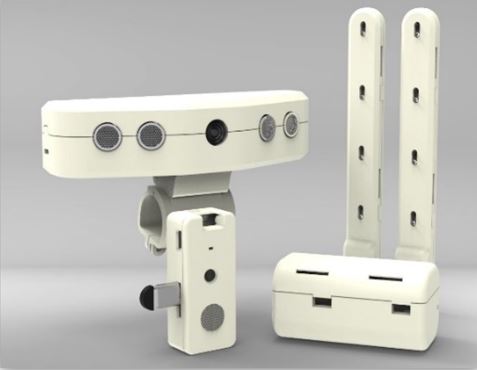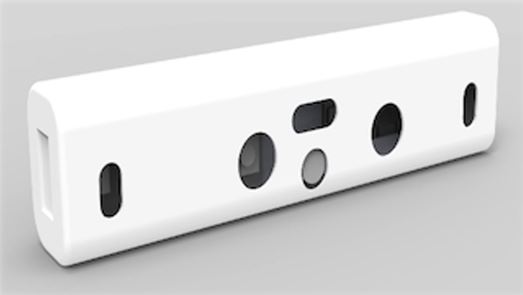Bed-Exit Early Detection Systems
With the growing aging population in Taiwan, falls among the elderly have become a significant concern, leading to increased healthcare costs and a substantial burden on caregivers. Many falls occur when elderly individuals attempt to get out of bed, prompting hospitals to increase the frequency of nurse rounds. However, in Taiwan's hospitals, where each nurse on the night shift is responsible for 12 to 20 patients, increasing rounds exacerbate nurse workload and fail to ensure timely fall prevention.
To address this issue, we propose two bed-exit alarm systems designed to detect elderly bed-exit movements and alert caregivers, such as nurses or family members, to intervene promptly and prevent falls.
The first system, depicted in Figure 1, utilizes ultrasonic sensors, infrared sensors, and an accelerometer. The ultrasonic sensor monitors the elderly's movement direction on the bed, while the infrared sensor detects motions of leaving the bed. When multiple infrared sensors are triggered, the system sends an alert to the caregiver. Additionally, lowering the bed rail, which increases fall risk, triggers an alarm to prevent potential falls. In our experiment with 13 healthy subjects performing 390 bed-exit motions, the system accurately identified 97.7% of the bed-exit motions. In the real world, the system detected practical seven real bed-exit events in their early stages. This system has been published in the international journal IEEE Sensors Letters.
The second system, illustrated in Figure 2, employs thermal imaging to detect bed-exit motions without infringing on the elderly's privacy. To reduce false alarms that interfere with the caregivers' work, augmented reality glasses are used to allow them to remotely view real-time images of the elderly when an alarm is triggered. This mechanism enables them to assess the urgency of the situation and prevents false alarms from disrupting caregivers, providing a comprehensive solution for preventing bed-exit falls. This system received the Future Tech Award of the Ministry of Science and Technology in 2020, as shown in Figure 3, highlighting our team's contributions to creating assistive devices for the elderly and their caregivers.


Figure 1. A highly reliable ultrasonic sensor-based bed-exit detection system for the elderly with early notification.
Figure 2. Combining augmented reality and remote real-time notification intelligent bed-exit alarm system for predicting elderly falling.

Figure 3. Future Tech Award of the Ministry of Science and Technology in 2020

